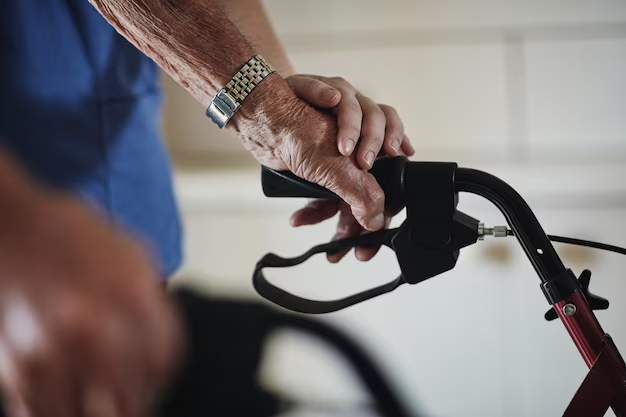Is a Scooter Covered by Medicare? Here’s What You Need to Know
Mobility can be a significant concern for many seniors and individuals with disabilities, and the question of whether Medicare will cover a scooter is an important one. If you or a loved one are considering a scooter to enhance mobility and independence, understanding Medicare's role is crucial.
Understanding Medicare's Coverage for Scooters
Medicare Part B, which is the part of Medicare that covers outpatient services, medical equipment, and supplies, may cover power-operated vehicles (scooters) and wheelchairs as durable medical equipment (DME). However, certain criteria must be met for Medicare to provide this coverage. Here's what you need to know:
- Doctor's prescription: Your physician must prescribe the scooter, confirming there's a medical necessity for such a device due to a mobility limitation.
- Ability to safely operate: You must be capable of safely using the scooter and getting in and out of it on your own.
- Home suitability: Your home must be able to accommodate the scooter for use within. This includes having enough space and appropriate access.
- Usage for everyday activities: The scooter must be primarily used for necessary tasks that you partake in daily, such as bathing, dressing, or in-home mobility.
If you meet these criteria, Medicare Part B will typically cover 80% of the Medicare-approved amount for the scooter, leaving you with the remaining 20%, along with any applicable deductibles.
Steps to Obtain Medicare Coverage for a Scooter
- Consult with your healthcare provider to discuss your mobility needs.
- Obtain a written order or prescription from your doctor.
- Work with a supplier that is enrolled in Medicare to purchase or lease the scooter.
- Confirm with the supplier that they accept assignment, meaning they agree to the Medicare-approved amount as full payment for the scooter.
Beyond Medicare: Exploring Additional Financial Assistance
If you find that the cost burden is still significant even with Medicare's help, or if you don't qualify, there are other options for financial aid and resources:
Government Aid Programs
- Medicaid: Depending on your state, Medicaid may offer additional coverage for mobility aids.
Financial Assistance
- Nonprofit Assistance: Many organizations offer grants and financial help intended to facilitate greater mobility for those in need.
- Local Charities and Churches: Sometimes provide assistance or equipment to individuals within their communities.
Education and Grants
- Educational Workshops: Free seminars and workshops may be available to educate you on navigating healthcare systems and financial aid resources.
Credit Solutions
- Medical Expense Loans or Credit Solutions: Financing options specifically designed for medical expenses can help spread out costs over time.
With the right information, you can enhance your mobility and maintain your independence without bearing undue financial strain. Exploring these layered resources can lead you to the most viable solution tailored to your unique situation.
Quick Reference Guide to Financial Assistance 🌟
- 💡 Medicare Part B: Covers 80% of scooter after criteria met
- 🏥 Medicaid: Additional support in some states
- 🤝 Nonprofit and Charity Assistance: Possible grants and aid
- 🏠 Local Resources: Churches and community centers assistance
- 📚 Educational Grants: Workshops on financial aid navigation
- 💵 Medical Credit Solutions: Financing for medical equipment costs
Finding the right solution involves understanding your coverage options, seeking additional support, and utilizing resources to meet your mobility needs effectively.

Related Topics
- Am I Elgible For Medicare
- Am I Enrolled In Medicare
- Am I Qualified For Medicare
- Are Adult Diapers Covered By Medicare
- Are Chemotherapy Drugs Covered By Medicare Part d
- Are Colonoscopies Covered By Medicare
- Are Covid Tests Covered By Medicare
- Are Cpap Machines Covered By Medicare
- Are Cpap Supplies Covered By Medicare
- Are Dental Implants Covered By Medicare